(Prices correct as of today’s date, are updated daily, are subject to change and represent genuine availability at time of update).
Cruise only holidays are financially protected by ABTA. Fly cruise holidays are financially protected by Princess Cruises under ATOL number 6294
Please click here to check the essential travel requirements before booking this cruise.
Want to add a hotel stay or change your flights?
Just call our team of cruise specialists to help build your dream cruise holiday today!
Prices based on 2 people sharing. Cruise only price does not include flights. Fly-cruise price may vary by chosen UK airport.
Itinerary
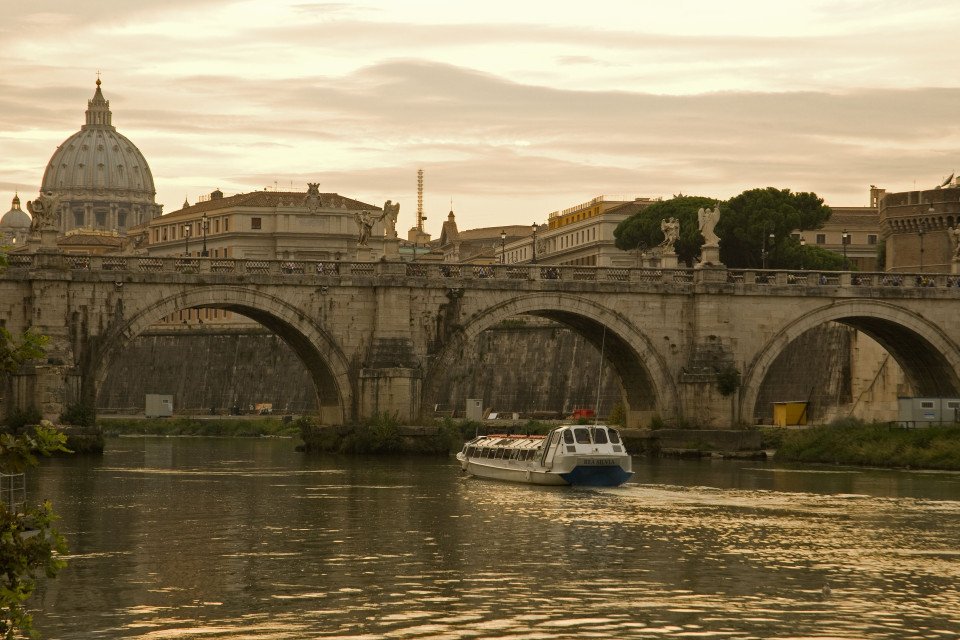
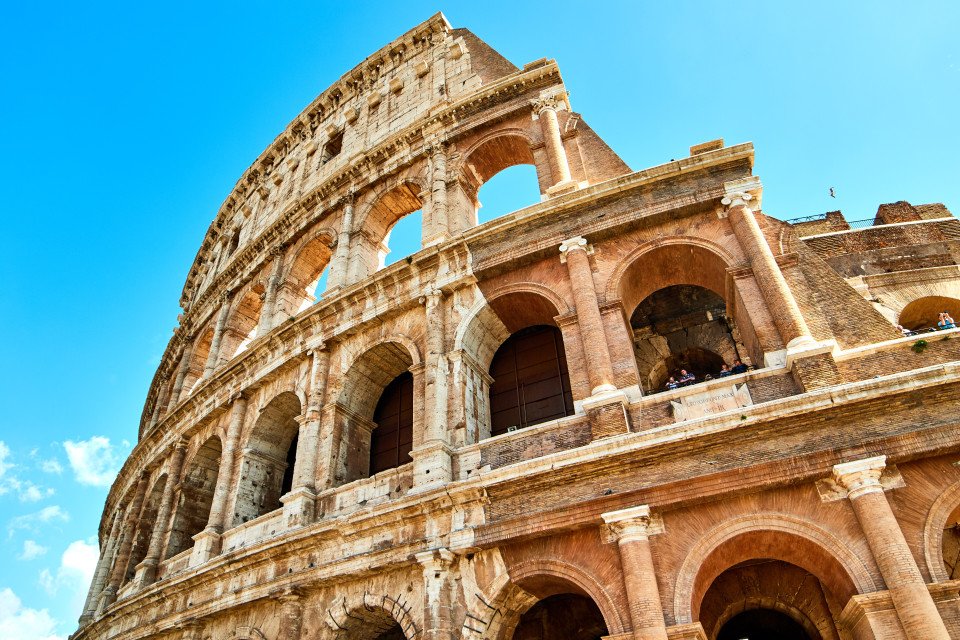
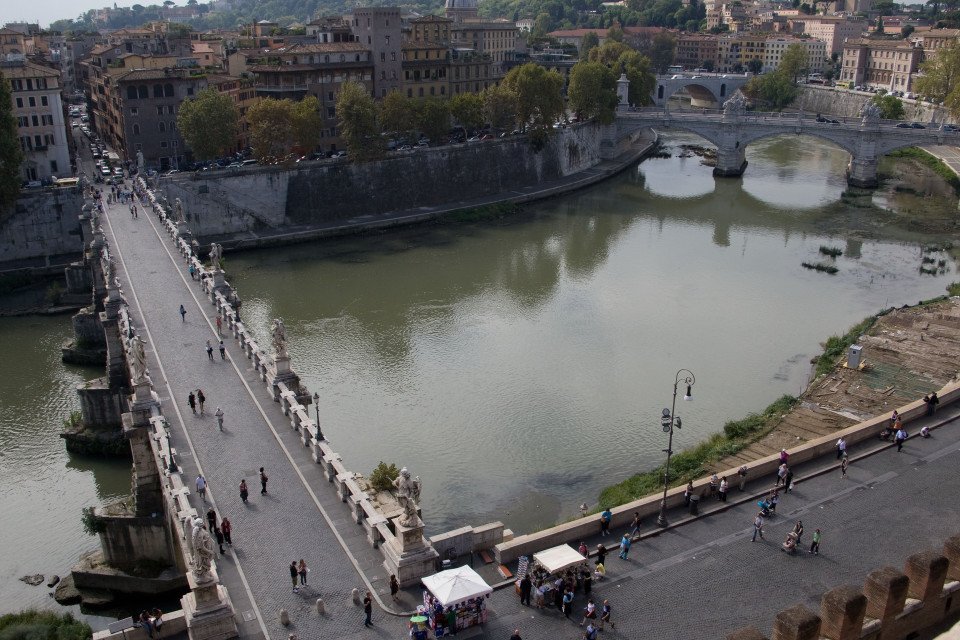
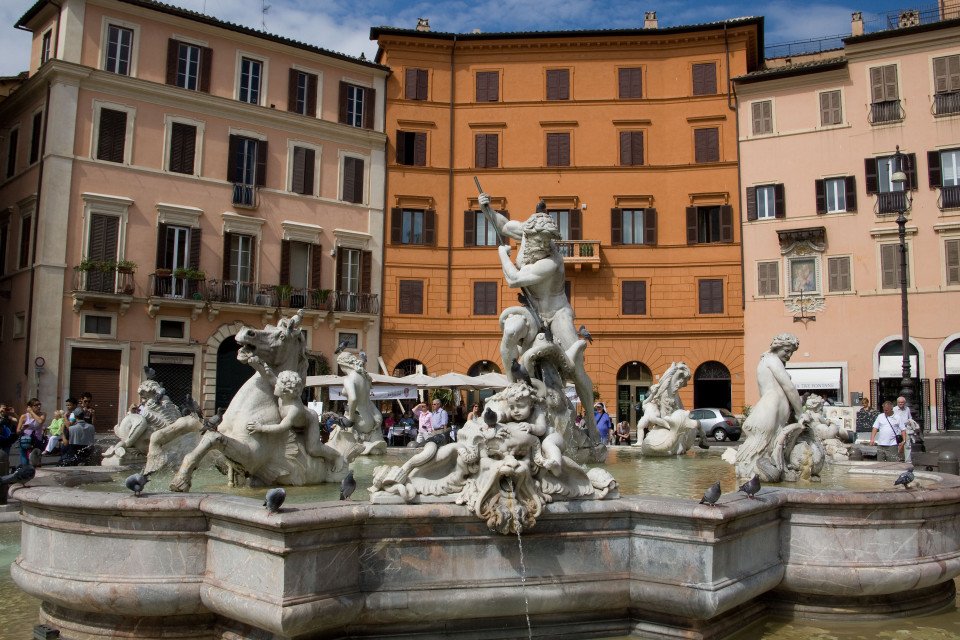

Civitavecchia
Italy's vibrant capital lives in the present, but no other city on earth evokes its past so powerfully. For over 2,500 years, emperors, popes, artists, and common citizens have left their mark here. Archaeological remains from ancient Rome, art-stuffed churches, and the treasures of Vatica ... Read More
Civitavecchia
Ajaccio, Corsica
Livorno
Genoa
Villefranche-sur-Mer
Marseille
Barcelona
At Sea
Cádiz
Casablanca
At Sea
Arrecife, Lanzarote
Las Palmas de Gran Canaria
At Sea
At Sea
At Sea
At Sea
At Sea
At Sea
At Sea
At Sea
Fort Lauderdale, Florida
What's Included with
Princess Cruises
Delve into cuisines from across the globe with various dining options when you hop on-board a Princess Cruises ship. Enjoy exclusive cocktail receptions, deck parties, themed nights and entertainment throughout the day and into the evening. When you choose Princess Cruises for your next adventure you can enjoy peace of mind that you have everything you need when gliding the waves. Discover everything that a Princess Cruises sailing has to offer when you opt for an all-inclusive cruise holiday.
Accommodation
Entertainment throughout the day and evening
Use of swimming pools, hot tubs, fitness centre and leisure facilities where available
Return flights included from a choice of UK airports (fly cruise bookings only)
Room service from 6am to 11pm
Port taxes
Youth programmes for babies to 17-year-olds
Adult only areas
Exclusive cocktail receptions and deck parties on-board
Sailaway parties, themed nights and deck parties
Lemonade, water and iced tea available in selected venues
Shuttle service to and from ports and airport where available
Explore Island Princess

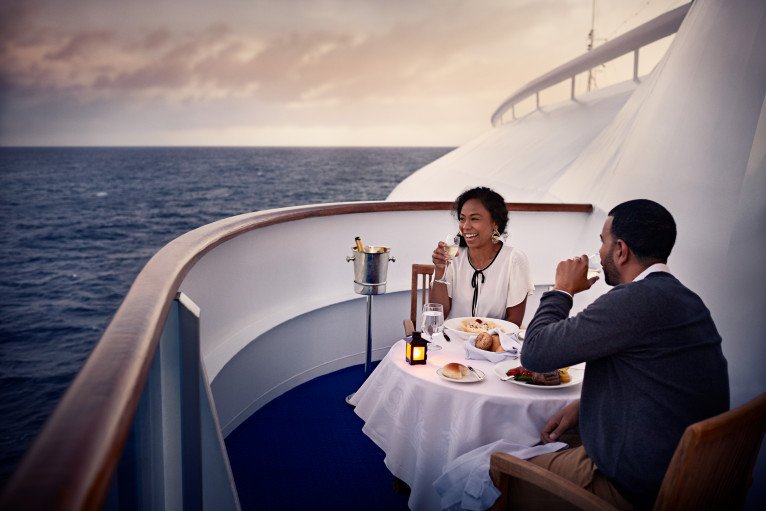


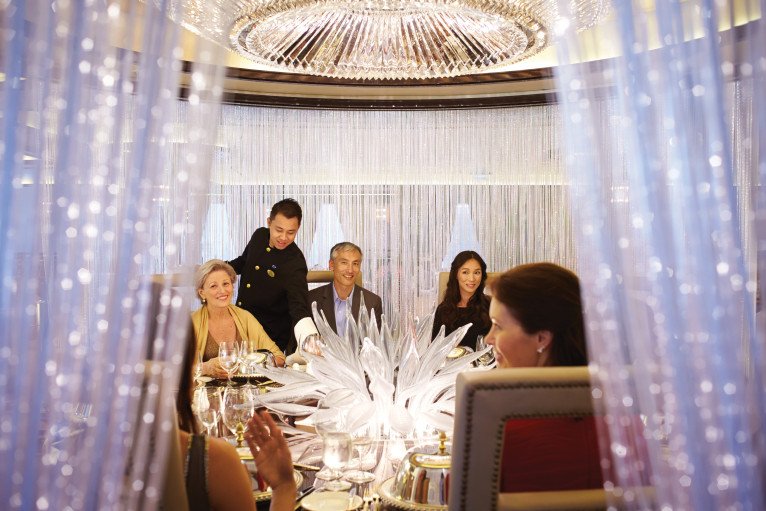
Sabatini's℠
Our Italian speciality restaurant has been voted one of the “Best Cruise Ship Speciality Restaurants” at sea by USA TODAY. Savour Sabatini’s authentic offerings featuring signature pastas, Italian wines and an irresistible selection of delectable desserts, all celebrating our Italian culinary heritage.
Additional charges apply. Menu items may vary by ship and are subject to change.

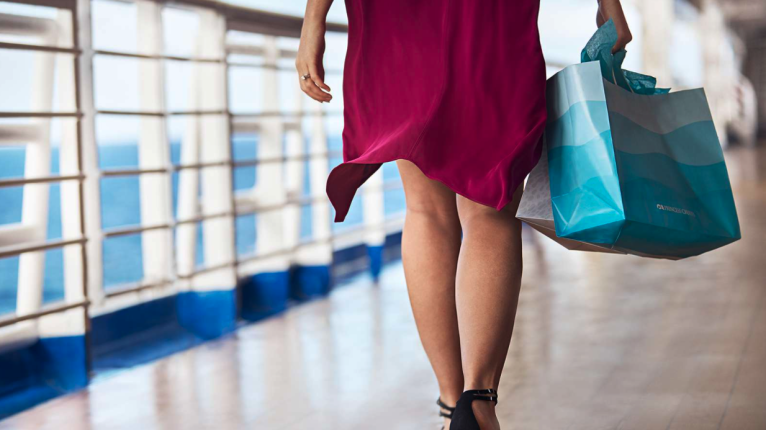

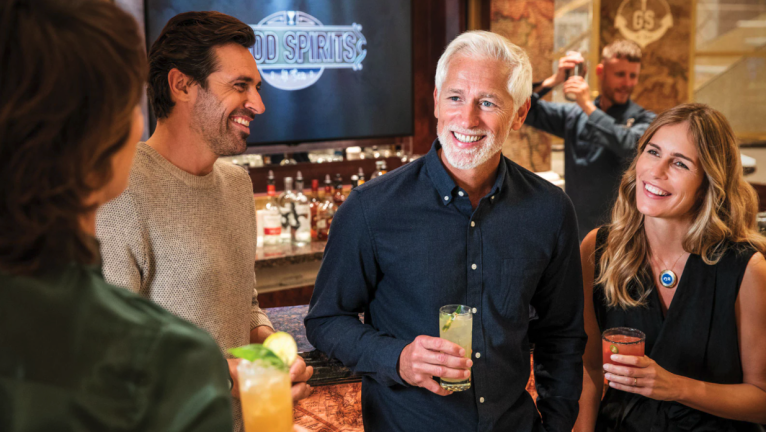
Princess Theatre
With dazzling stage sets, artists from around the globe, modern hits and timeless classics, the Princess Theatre, our largest theatre yet, showcases lavish, original productions with dynamic cast members in sumptuous surroundings. In this ultramodern theatre, relax in a plush seat with unobstructed sight lines as the velvet curtain goes up, a state-of-the-art lighting system illuminates the stage, and it’s on with the show!



Freshwater Pools & Hot Tubs
Take a dip in our sparkling freshwater pools and leave your everyday world behind. Unwind on a padded lounger and soak up the sun, catch up on reading, listen to music or dream of your next adventure on board or ashore. And what better way to relax and revitalise after a day exploring the world than a long soak in one of our whirling hot tubs. And don’t forget, there is always a server nearby to bring you a refreshing cocktail or favourite beverage.

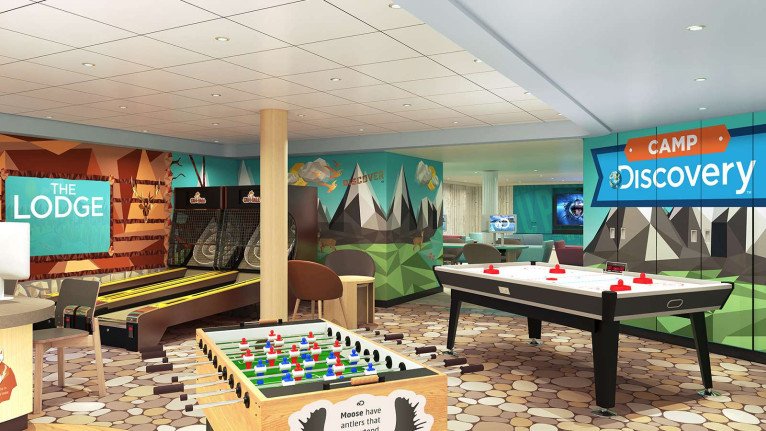
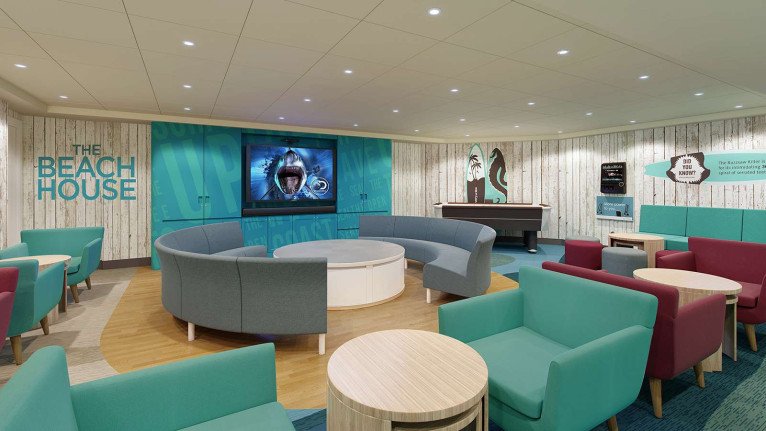
Just For Kids 3-7
Explore the Treehouse
Even the littlest guests will delight in this whimsical, forest-themed world that inspires playtime and invites exploration. Kids, ages 3 to 7, can dance, enjoy pyjama movie nights, create art projects like Animal Planet™ puppets and masks or compete in a Lego® boat-building contest.
Deck 16 - Sports

- Centre Court
- Deck Chess Set
- Shuffleboard
- Splash Pool
Deck 15 - Sun

- Movies Under The Stars
- Platinum Studio
- The Bar & Grill
- The Sanctuary
- Lawn Court
Deck 14 - Lido

- Beach House Teen Lounge
- Beauty Salon
- Horizon Court
- Lido Bar
- Lido Pool & Hot Tubs
- Lotus Pool & Hot Tubs
- Lotus Spa
- Massage
- Princess Pizzeria
- Swirls
- Balcony Stateroom
- Suite
Deck 12 - Aloha

- Interior Staterooms
- Balcony Staterooms
- Mini-Suite Staterooms
- Suites
- Camp Discovery Youth Centre
Deck 11 - Baja

- Interior Staterooms
- Suites
- Balcony Staterooms (4x wheelchair accessible)
- Mini-Suite Staterooms
Deck 10 - Caribe

- Interior Staterooms
- Balcony Staterooms (4x wheelchair accessible)
- Mini-Suites
- Suites (2x wheelchair accessible)
Deck 9 - Dolphin

- Interior Staterooms
- Oceanview Staterooms
- Balcony Staterooms
- Mini-Suite
- Suites
Deck 8 - Emerald

- Shore Excursions
- The Card Room
- The Library
- Future Cruise Sales
- Internet Café
- Interior Staterooms
- Oceanview Staterooms
- Balcony Staterooms
Deck 7 - Promenade

- Churchill Lounge
- Crooners Bar
- Hearts & Minds Wedding Chapel
- Princess Fine Arts Gallery
- Princess Theatre
- Sabatini's
- Wheelhouse Bar
- Bayou Café & Steakhouse
- Interior Staterooms
- Oceanview Staterooms
- Balcony Staterooms (8x wheelchair accessible)
- Suites (2x wheelchair accessible)
Deck 6 - Fiesta

- The Princess Casino
- The Shops of Princess
- Provence Dining Room
- Casino Bar
- Explorers Lounge
- Fitness Centre
- Photo Gallery
- Princess Theatre
- Aerobics
- Oceanview Staterooms
Deck 5 - Plaza

- Bordeaux Dining Room
- Captain's Circle
- Guest Services
- La Patisserie
- Princess Plaza
- Interior Staterooms (4x wheelchair accessible)
- Oceanview Staterooms
Deck 4 - Gala

- Medical Centre
Island Princess Cabins & Suites

Interior Staterooms

Oceanview Staterooms

Balcony Staterooms





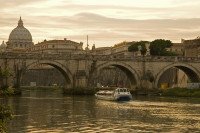
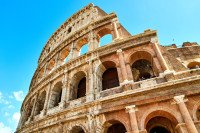
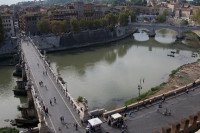
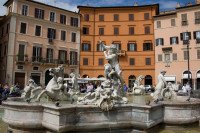
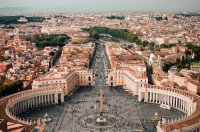

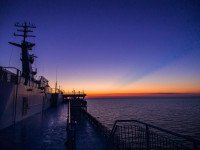
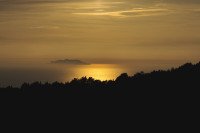
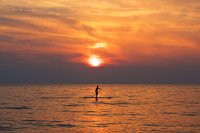
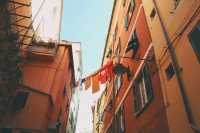
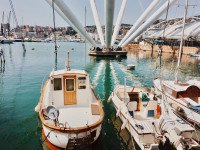

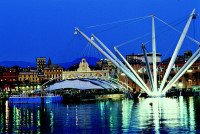

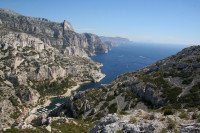
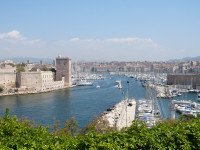
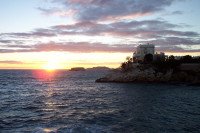
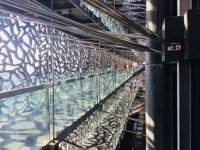
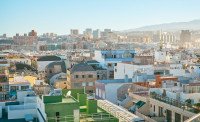

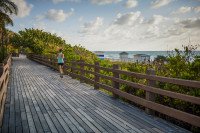
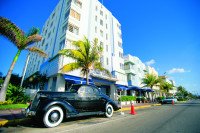
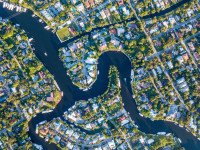
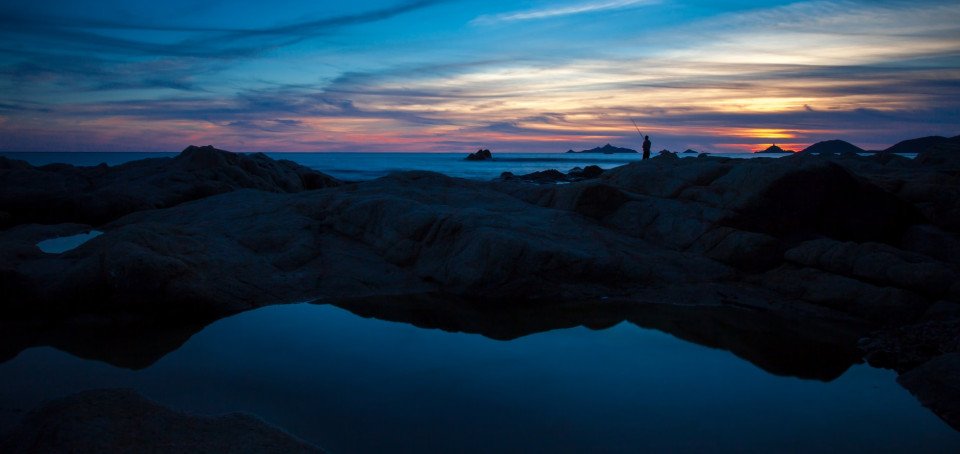
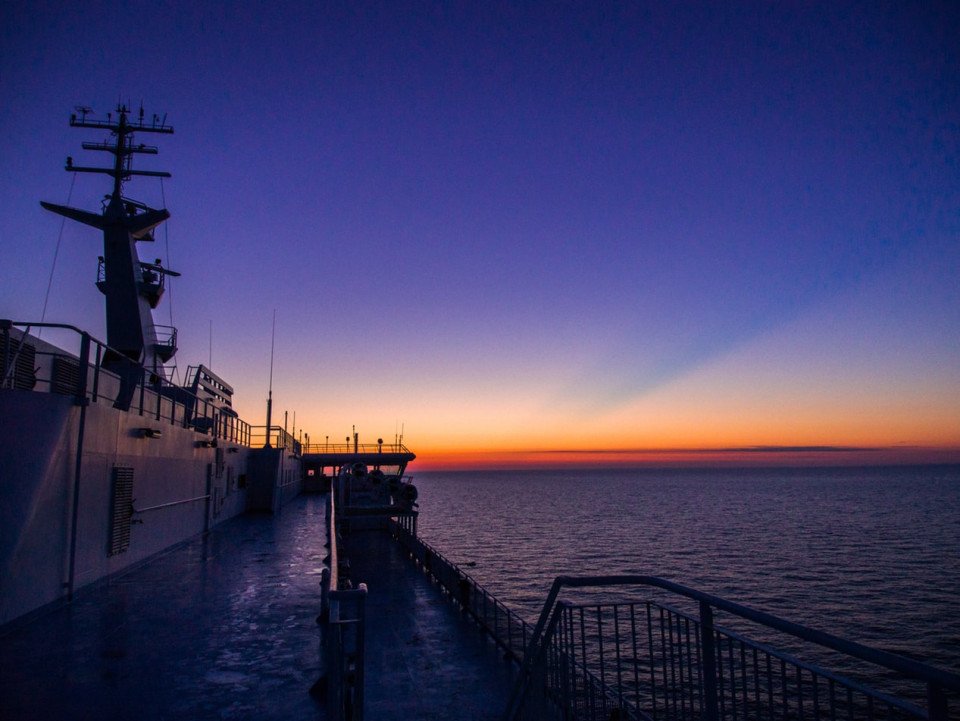
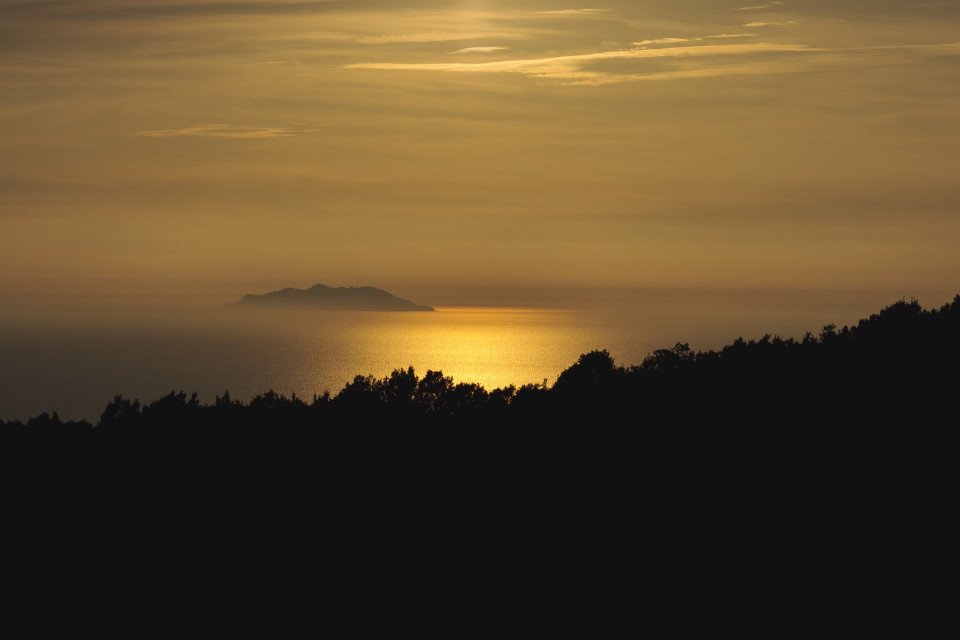
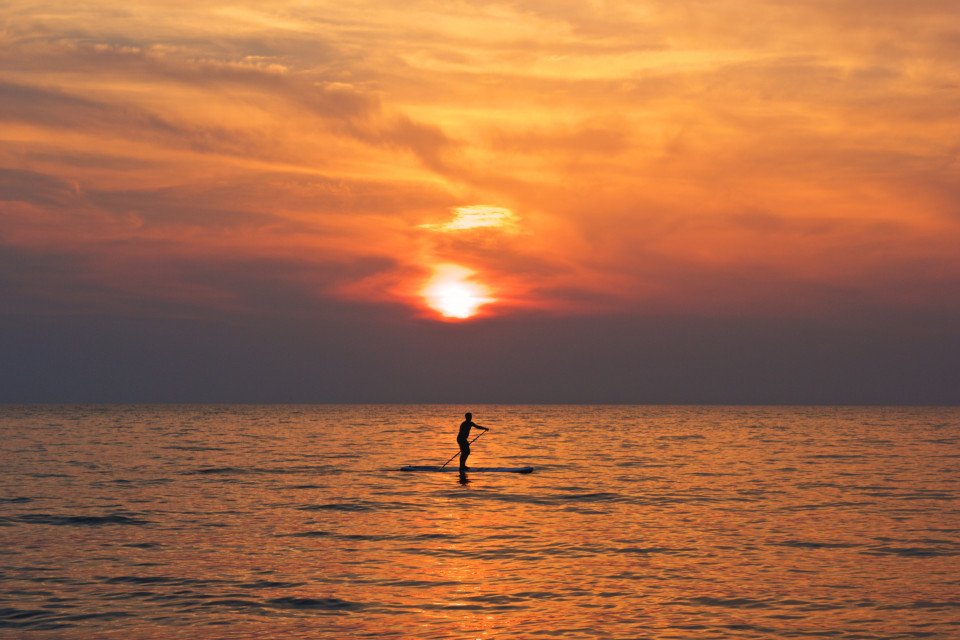
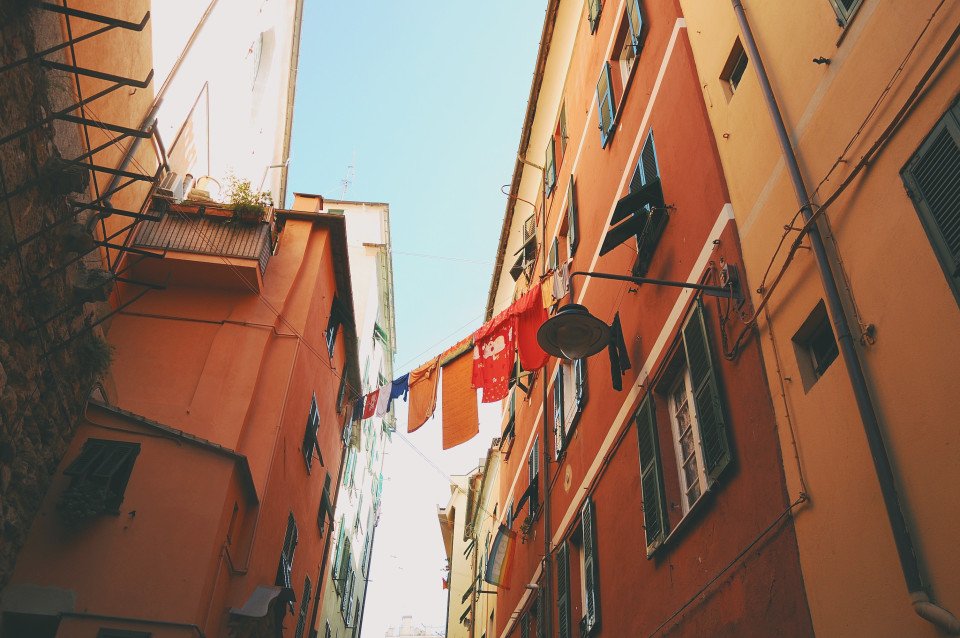
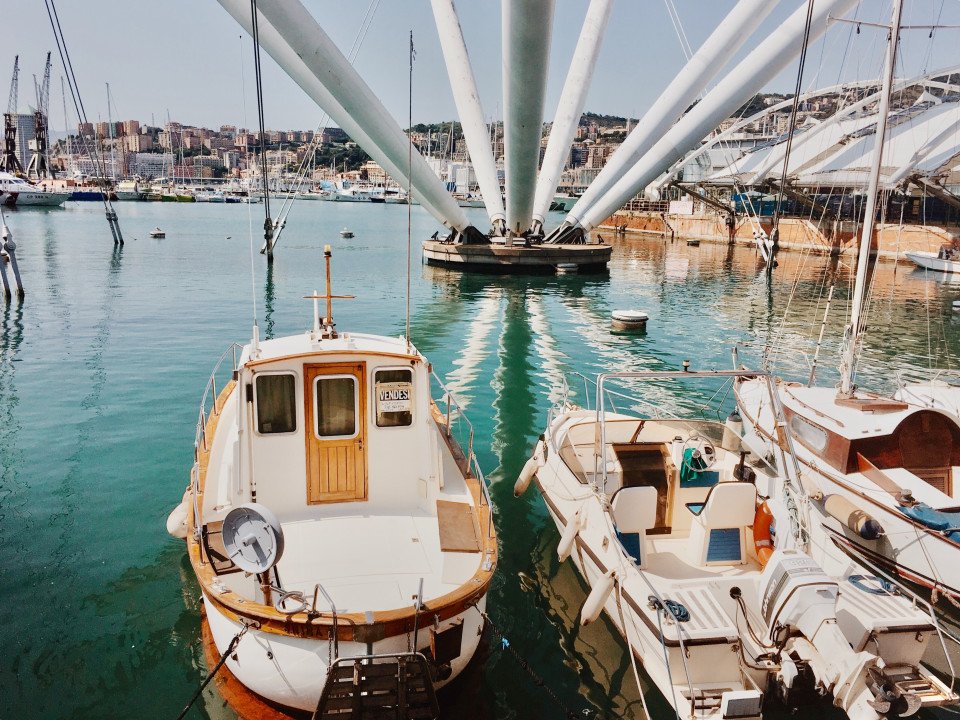
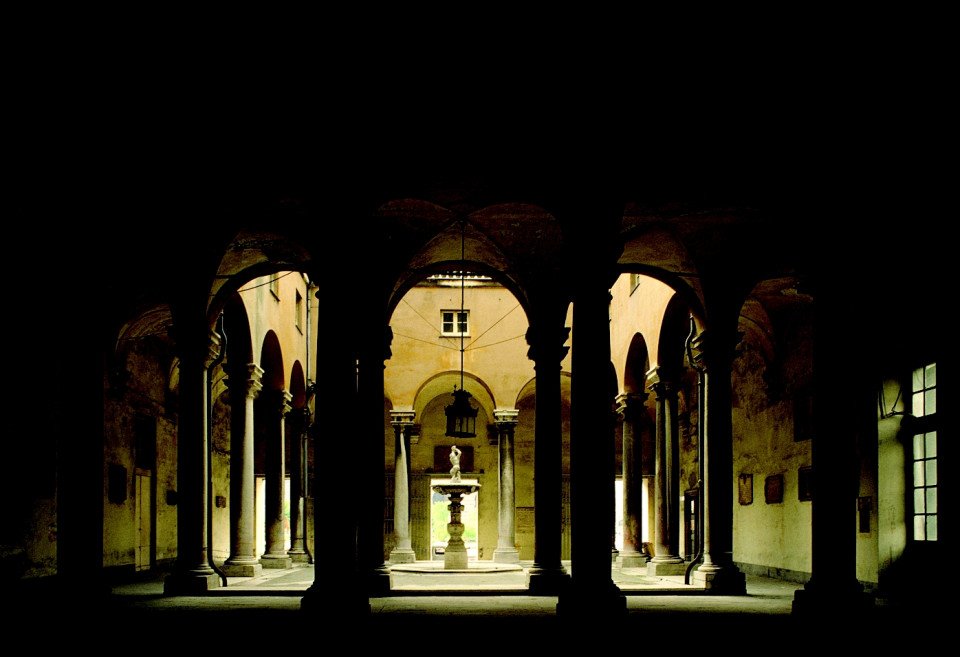
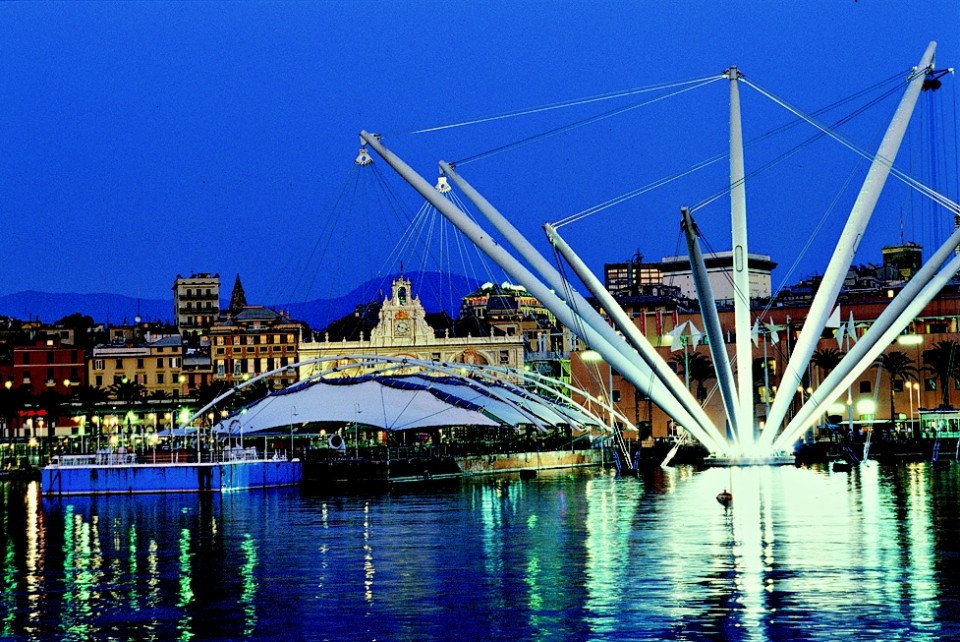
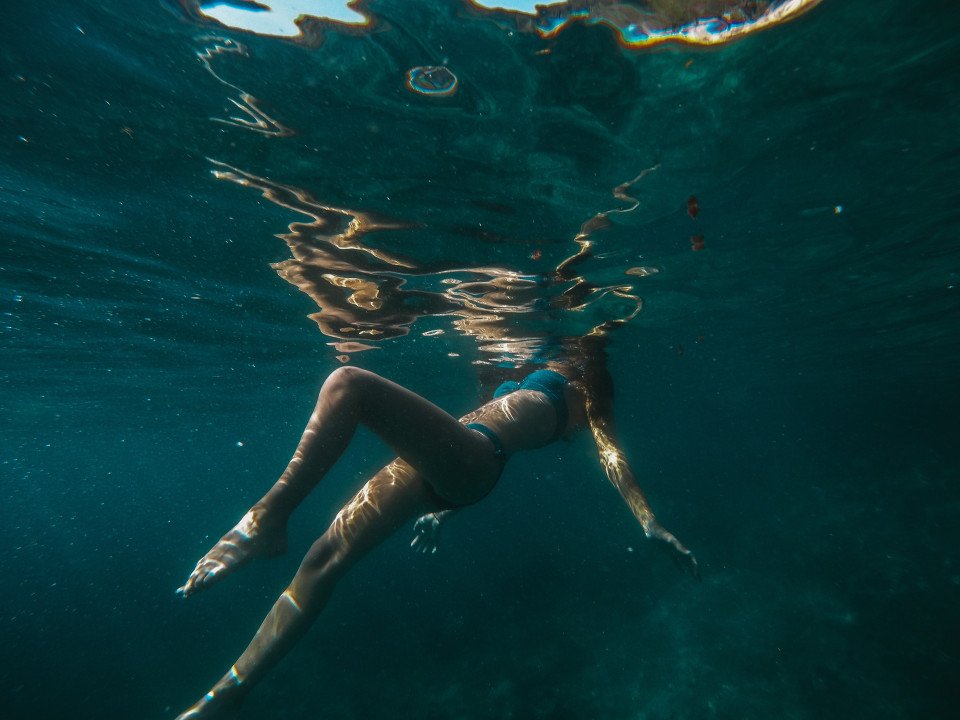
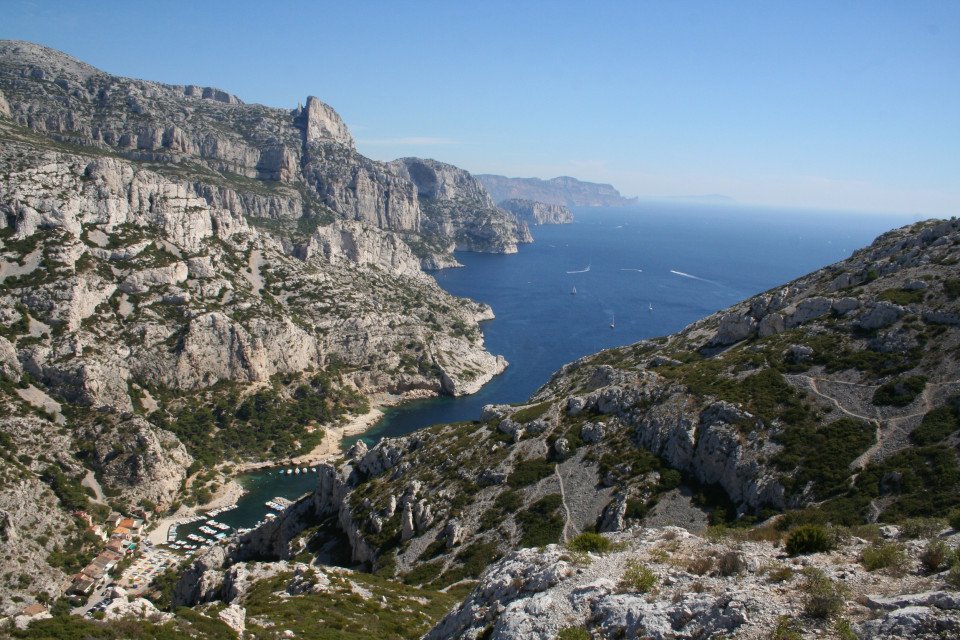

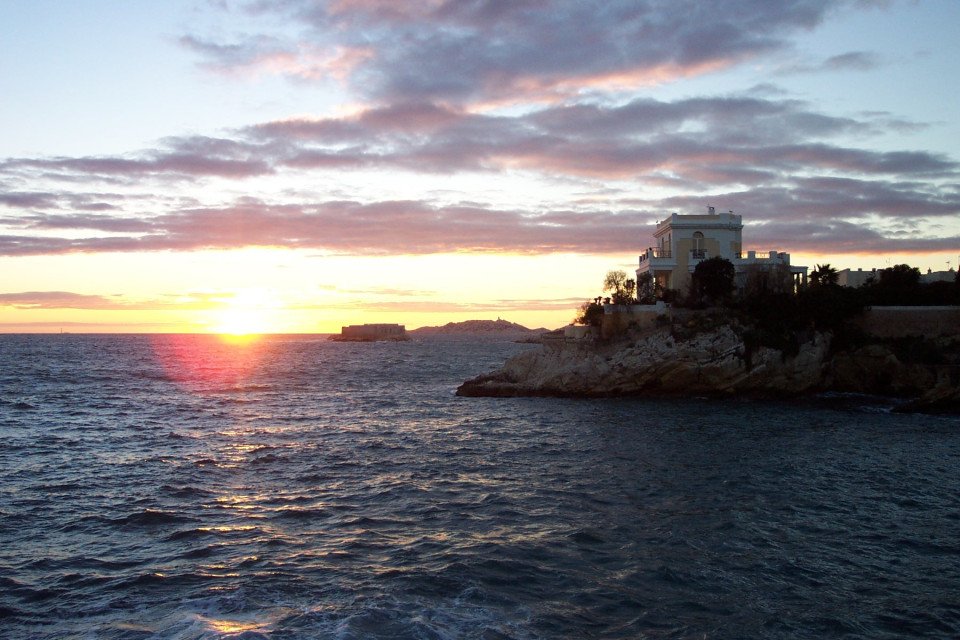
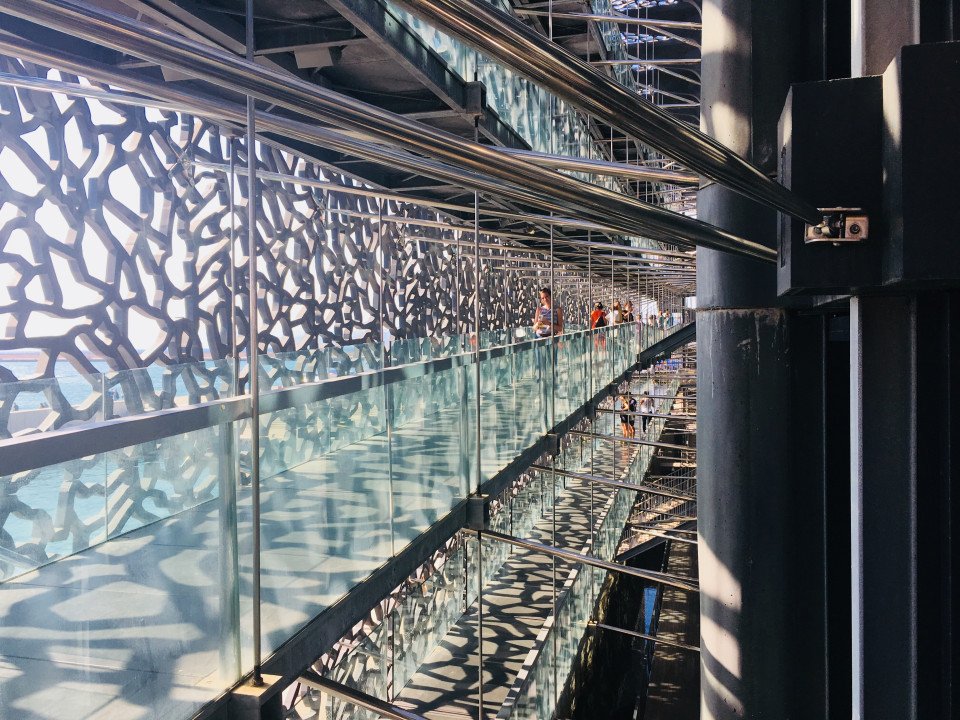
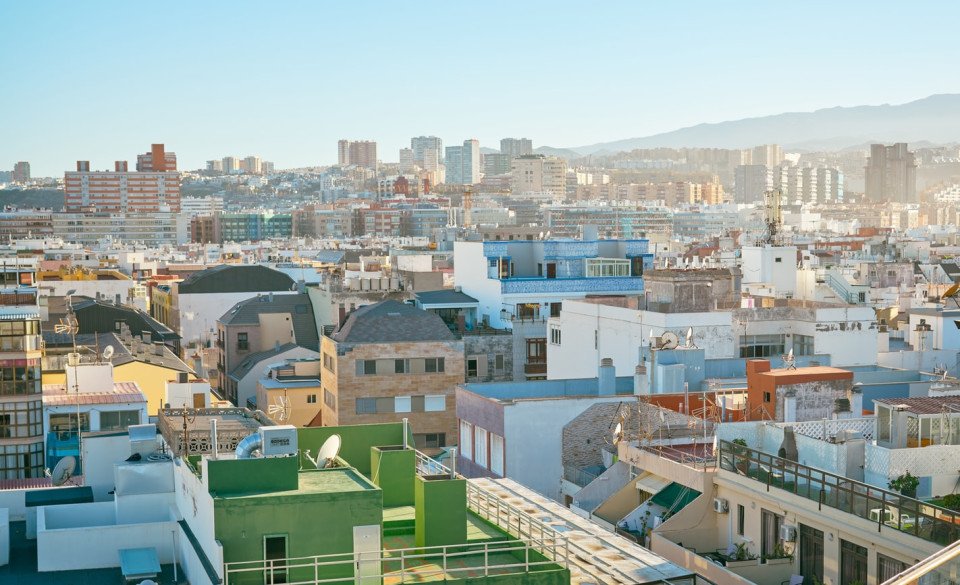

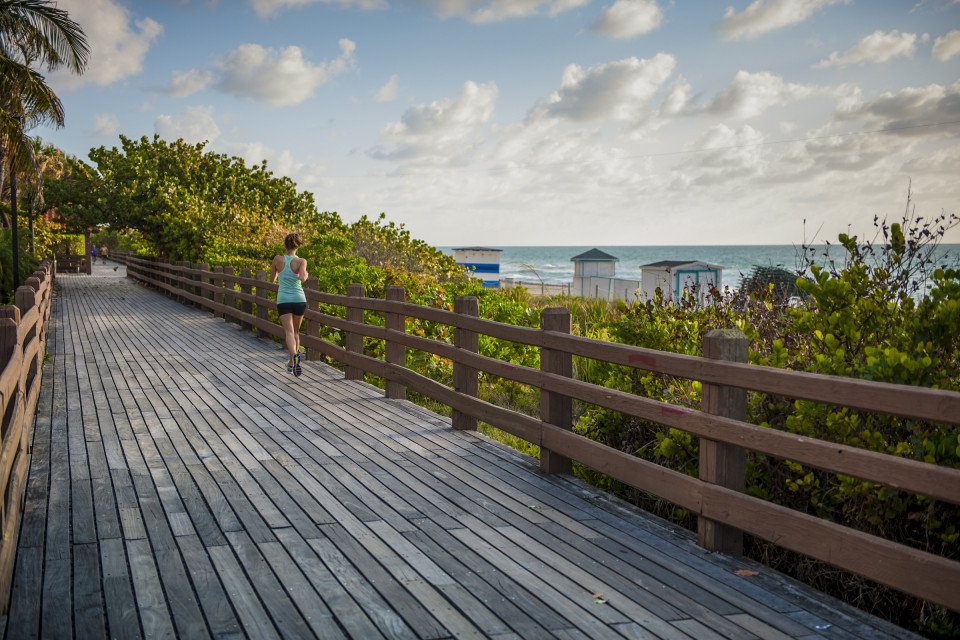

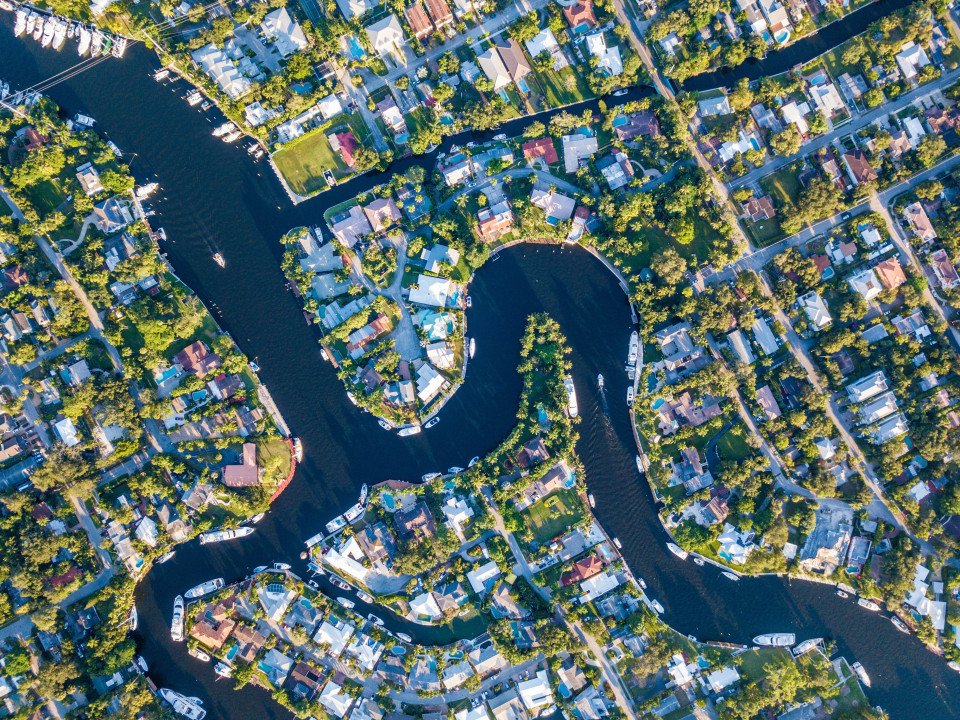





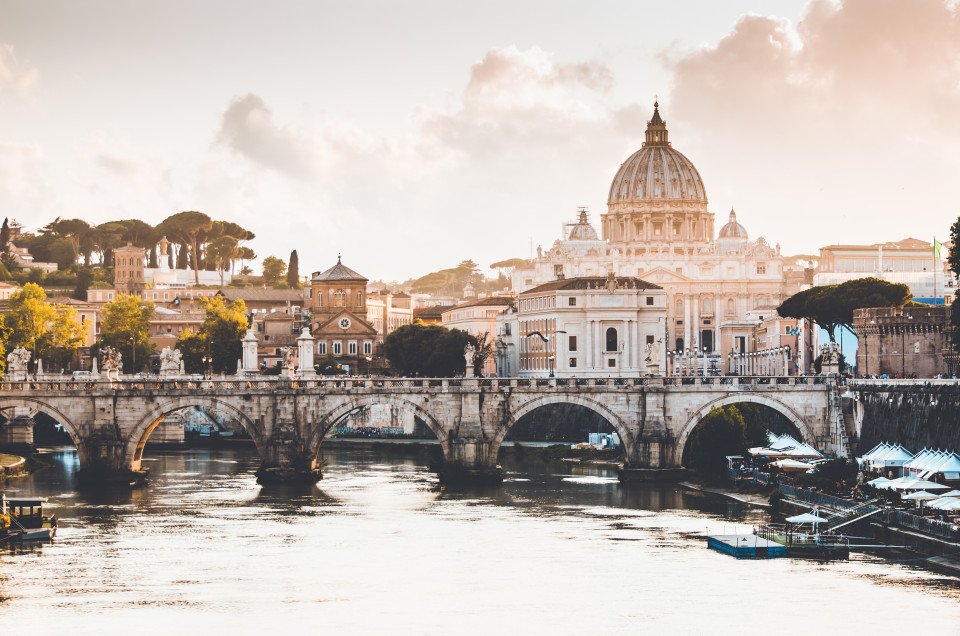






-large_thumb.jpg)






